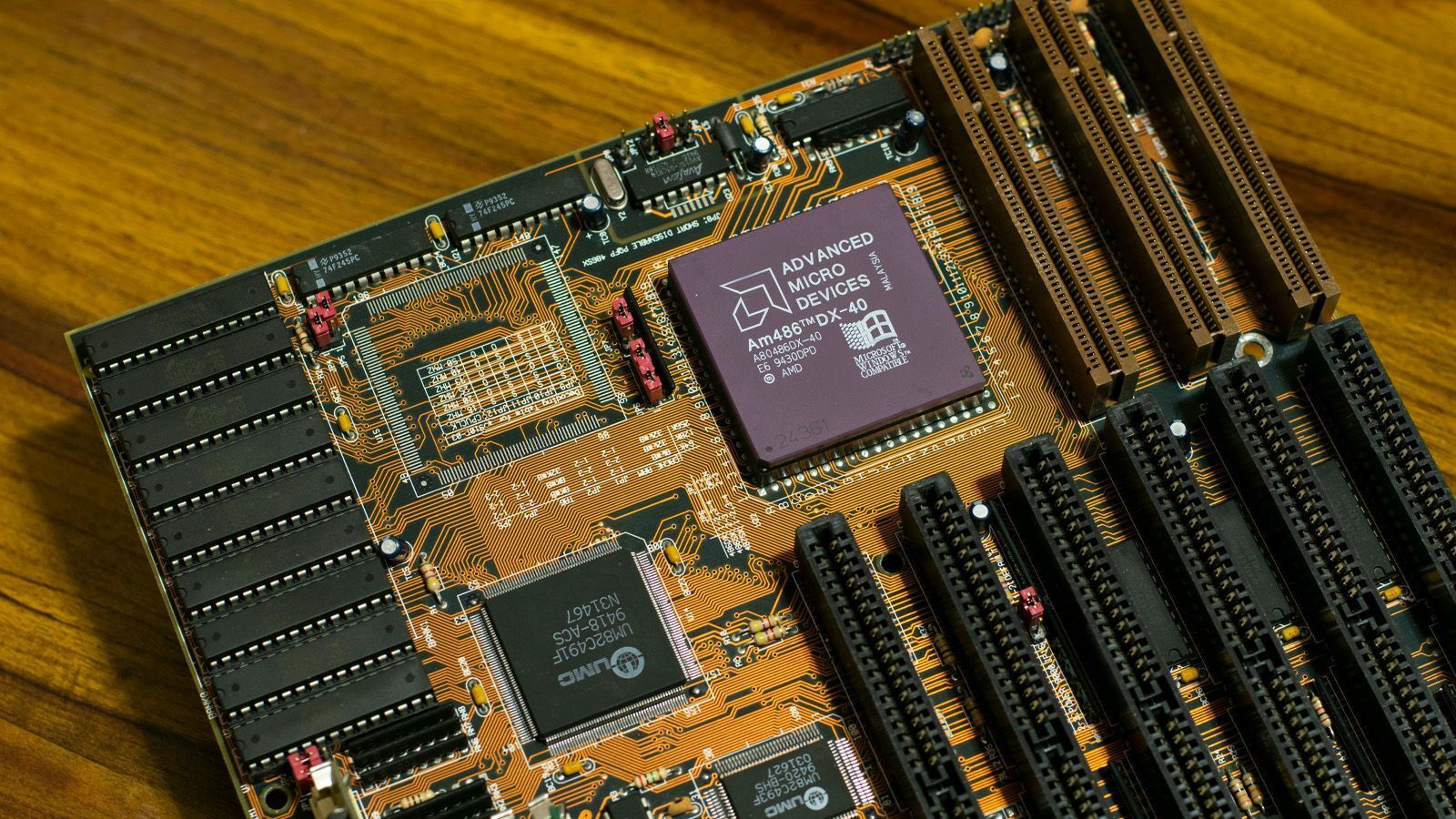
OpenAI Secures Computing Deal

Deal
OpenAI announced Monday that it signed a multi-billion-dollar agreement with chipmaker AMD to power its artificial intelligence infrastructure.
Context
Two weeks ago, OpenAI announced a $100B partnership with Nvidia, the dominant supplier of AI chips. Advanced Micro Devices – a global semiconductor company – has positioned itself as an alternative to Nvidia, whose chips have powered most AI development but remain expensive and in short supply. OpenAI has been racing to secure the computing power required to meet the increasing demand for its ChatGPT service, which has over 700M weekly users.
Deal Details
On Monday, OpenAI committed to purchasing AMD chips with a total power consumption of 6 gigawatts over several years, starting with AMD’s MI450 chip in the second half of 2026. No exact dollar figure was revealed, but business analysts expect the agreement could raise tens of billions in revenue for AMD. OpenAI will pay incrementally over time as it deploys the chips. OpenAI executives estimated that 1 gigawatt of capacity costs about $50B to build, with roughly two-thirds spent on chips and supporting infrastructure. The chips would either be purchased directly or rented through cloud computing partners.
Equity Details
AMD granted OpenAI warrants to purchase up to 160M shares at one cent per share, potentially giving OpenAI a 10% stake in the chipmaker. OpenAI would earn the right to buy these shares as it uses more AMD chips, and as AMD’s stock price increases. AMD shares already surged more than 33% in pre-market trading on Monday following the announcement.
Infrastructure Expansion
The deal represented part of OpenAI’s broader effort to secure the computing capacity through creative financing arrangements. The company previously announced plans with Oracle and SoftBank to spend more than $400B on US data centers, and it committed to purchasing $300B in computing power from Oracle over five years. Combined with the Nvidia and AMD deals, OpenAI has committed to using 23 gigawatts of new capacity, which the company estimated would cost over $1T to develop.



